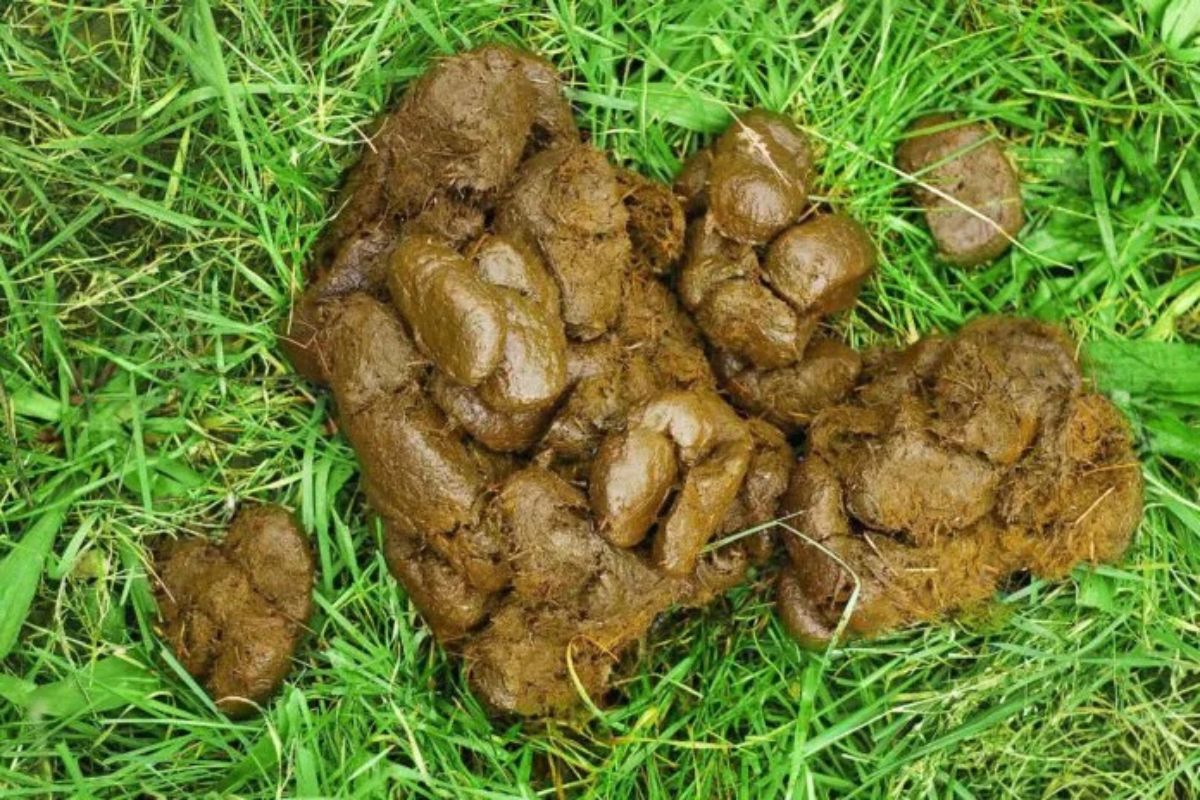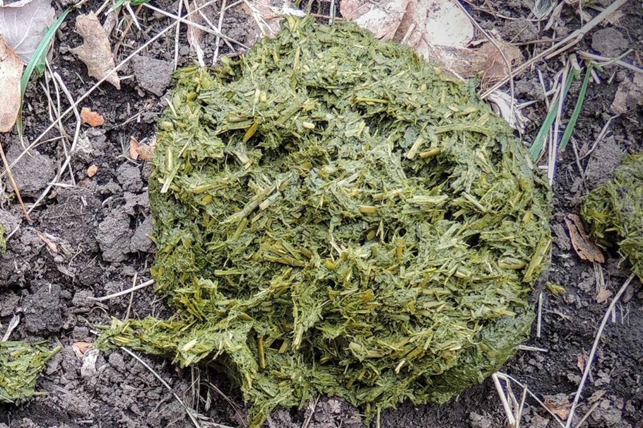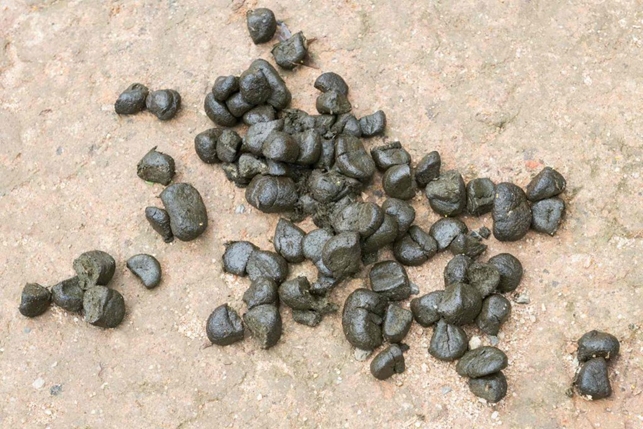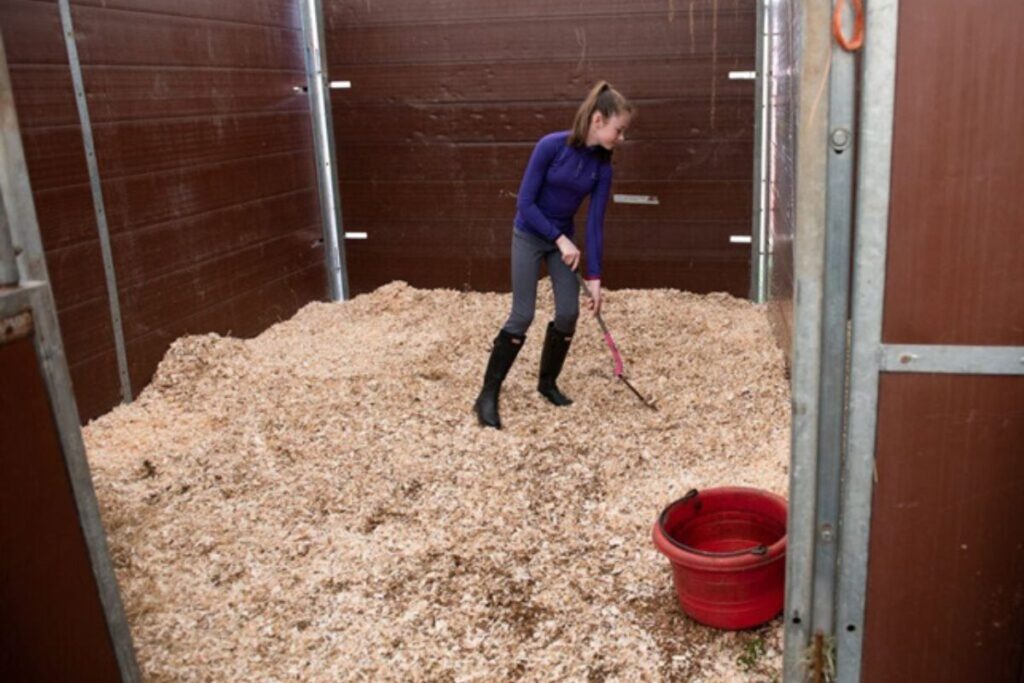Menu



While analysing your horse’s droppings might not be fun it can reveal important information. Your horse’s digestive tract is closely linked to general health, with over 70% of their total immunity coming from there. Assessing the nature of your horse’s droppings therefore gives a crucial insight. Not only to his or her current health status, but also the risk of developing future problems.
• Dr Andy Richardson, BVSc, CertAVP(ESM), MRCVS Veterinary Director, NAF
• Kate Hore, RNutr(Animal), R.Anim.Technol (Cert) Head Nutritionist, NAF
There are several ways that a horse’s droppings can be analysed. This depends on the consistency, frequency, color and odor of the bulb. We take a closer look at the elements one at a time.
You may also like to read: Colic: What to do – and what not to do
The consistency of the droppings can vary hugely and be an important indicator of gut health. The consistency can be graded into 7 different categories ranging from Watery Diarrhoea to Hard/Dry droppings. A horse passing profuse watery diarrhoea is a medical emergency and veterinary advice should be sought. A more common case may be seen in foals. Their guts develop and learn to cope with change, often short courses of pre and probiotics and gut binders as recommended by your vet can solve the problem.
The ones we tend to see commonly are the soft unformed droppings, commonly referred to as ‘cow pats’, not liquid but not formed in balls and strongly indicate a disruption in your horse’s gut and shouldn’t be classed as ‘normal’. An acidic hind gut can occur when the harmful bacteria out compete the friendly bacteria leading to increased motility in the gut and the cow pats!

Causes of this are numerous. But commonly the gut can react to high levels of concentrates, a change in feed and stress. We can best maintain the healthy gut status by a supplementing the diet with pre and probiotics, along with antacids and a binding agent.
The ideal consistency of dropping would be soft but formed with a glossy appearance. This would indicate all is well inside the horse’s gut.
Droppings that are firmer are common in winter as there is less fresh grass available. Should they droppings become hard and fibrous then we should consider soaking hay/haylage prior to feeding and supplementing with an electrolyte to encourage drinking. Regular monitoring of dental health should also be carried out.
Free Faecal Water is the passing of formed droppings along with excess water. It is rarely associated with ill health but certainly requires as skin care and grooming support. Digestive supplements are a useful addition here as well.
Horses pass approximately the same number of droppings each day. Knowing what is normal for your horse is important, as any changes – up or down – could be a sign of an internal problem.
Too few droppings can result from simply eating less, particularly less fibre. However, if droppings stop altogether, or there are signs of colic, then there is risk of an intestinal blockage and your vet should be contacted immediately. An increasing number of droppings may be due to diarrhoea, microbiome disturbance, stress or excitement.

The diet has the biggest effect on the colour of your horse’s droppings. But they should be on a scale from green to brown. Horses on fresh grass will have greener colour, with the darker brown colour for those on hay based diets. Some commercial diets may cause an orange tinge to be seen.
If red is seen, indicating blood in the droppings, contact your veterinarian immediately.
Smell
A distinctly malodorous smell to the faeces can be associated with infection (often in combination with diarrhoea). An acidic hind gut occurs when the friendly bacteria have been out competed by harmful bacteria. This can also cause an abnormal smell.

Taking note of your horse’s droppings can give you a lot of information about their overall health. It is important to develop an accurate picture of what is normal for your horse over a period of time. Knowing the typical frequency, colour, smell and consistency of their droppings can be helpful. It can help you understand the health status of their gut and alert you to when changes occur.
Dr. Andy Richardson, BVSc, CertAVP(ESM), MRCVS, Veterinary Director, NAF
Kate Hore, RNutr(Animal), R.Anim.Technol (Cert), Head Nutritionist, NAF
For more information on NAF products and supporting good digestion please visit naf-equine.eu